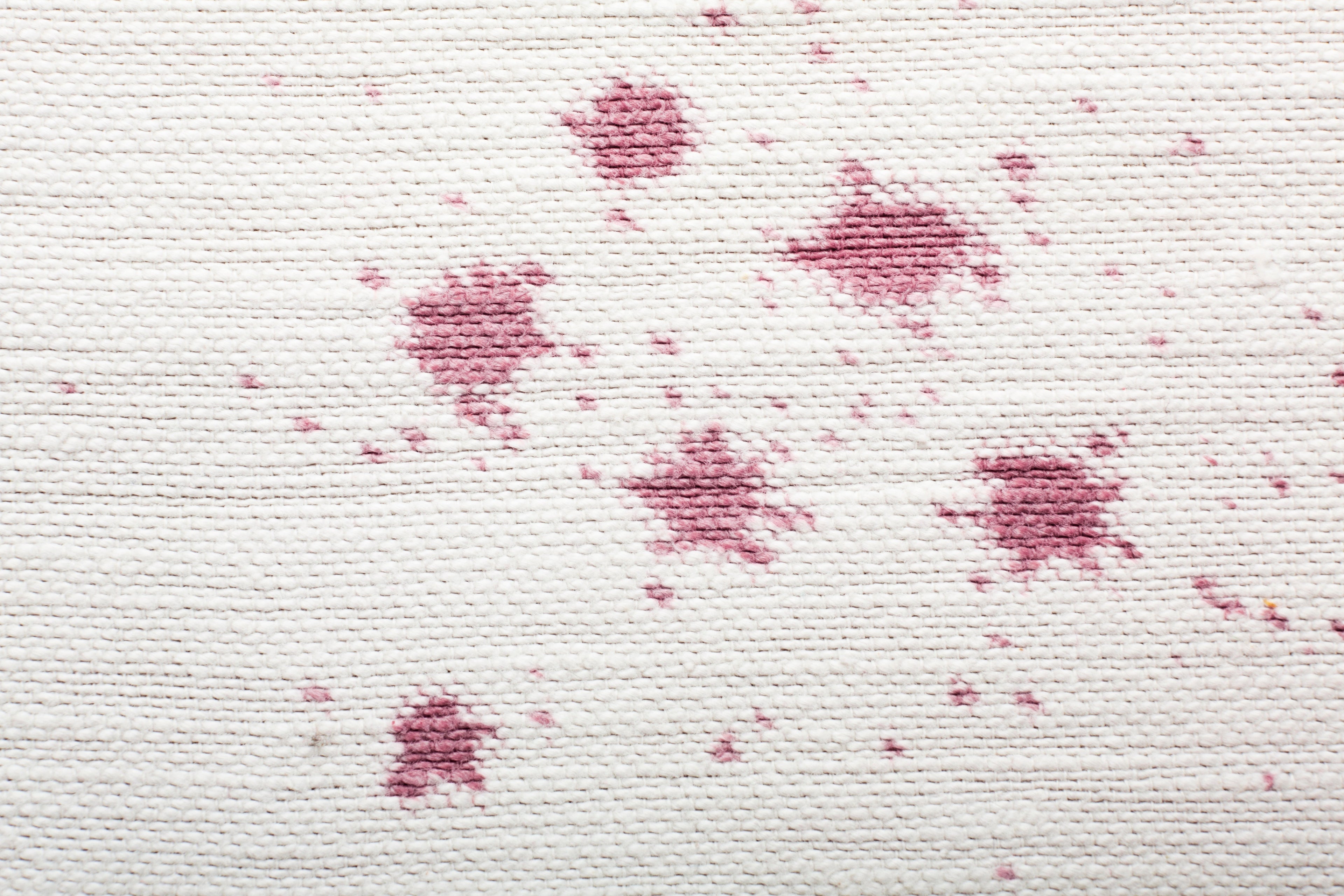
Removing blood stains from wool
Blood stains on wool sweaters, socks, or blankets are a nuisance because wool is a delicate fiber that doesn't handle scrubbing or high temperatures well. However, you don't have to part with your favorite garment. With the right products and a little patience, you can even remove old blood stains. In this article, we'll discuss a safe, step-by-step plan using natural products and wax strips for a soft finish.
Step 1: Cold water and dabbing
Always start with cold water; warm or hot temperatures cause the protein in blood to coagulate, potentially making the stain permanent. Hold the fabric under a cold tap and let the water run from the back through the stain. Then gently blot with a clean cloth to absorb most of the blood.
Step 2: Using Natural Remedies
If the stain is still visible after rinsing, you can try one of these home remedies:
- Salt and cold water: Mix cold water with a tablespoon of salt and soak the stain. The salt breaks down the protein and helps loosen the stain. Let this mixture sit for a few hours.
- White vinegar: Dab undiluted white vinegar onto the stain and let it sit for a few minutes. Then rinse thoroughly with cold water.
- Potato starch: Sprinkle the stain with potato starch or cornmeal and let it dry. Then gently brush the powder away; this product absorbs moisture and blood residue.
- Baking soda or baking powder: For old stains, you can make a paste of baking soda and water and apply it to the stain. Let it sit for half an hour and then rinse.
Step 3: Wash gently with wax strips (wash cloths)
After pre-treating, it's time to wash your wool garment. Choose a delicate cycle with cold or lukewarm water and use a special wool wash strip . These strips contain no harsh chemicals and dissolve completely, keeping your wool soft and fluffy. Avoid high-speed spin cycles; roll the garment in a towel to absorb excess water and lay it flat to dry to prevent stretching.
Step 4: Additional techniques for stubborn stains
Sometimes an old bloodstain requires a more specialized approach. Here are some alternative methods:
- Milk or buttermilk: Soak the stain in milk or buttermilk; the enzymes break down the proteins. This works especially well on delicate fabrics.
- Hydrogen peroxide (3%): Apply this carefully with a cotton swab, being careful not to damage the fabric. This bleaches and foams, which helps loosen the blood. Always test on an inconspicuous area of the fabric first.
- Professional cleaning: If the above methods don't help and the garment is valuable, consider taking it to a dry cleaner. Professionals use special products that protect wool while removing stains.
Fresh versus old bloodstains
Blood stains can be fresh or old, and that determines the most effective treatment. Fresh stains still contain a lot of moisture and can often be removed by rinsing with cold water and immediately applying one of the home remedies mentioned. Old stains have dried and discolored the fibers. To treat these, you must first rehydrate the stain: soak the garment for several hours in cold water with a little salt or baking soda. This softens the stain and makes it receptive to treatment with vinegar, milk, or enzymatic detergents. Sometimes several applications are necessary before all traces are gone.
What you better not do
Removing blood requires patience and care. Avoid using hot water, as this coagulates proteins and makes the stain permanent. Also, don't use harsh chemical bleaches on wool; these can damage the fibers and fade the color. Furthermore, don't rub the stain vigorously, as this can cause the wool to pill and felt. Instead, dab and squeeze gently to let the cleaning solution do its work.
Preventive tips for wool
To prevent blood stains, you can place a dark cloth over your lap in risky situations (such as while sewing or shaving). If you do get blood on your clothes, act quickly and always use cold water and mild detergents. Keep a small kit with salt, vinegar, and a few wax strips in your cleaning cupboard so you can act immediately. This will extend the life of your woolens and keep them in top condition.
Care for your woolen clothes
Wool is a natural fiber that requires careful care to maintain its shape and texture. Store wool folded rather than hanging, and air garments regularly to remove odors. Always use gentle cleaning products—such as wax strips —and avoid harsh chemicals. By properly caring for your wool, you extend its lifespan and reduce the risk of permanent stains.
Conclusion
Blood stains on wool can be scary, but with the right steps, they're not a disaster. Cold water, natural products like salt and vinegar, and a gentle wax strip for the final treatment will get your favorite wool garment clean again. Want to learn more about removing stains from other fabrics? Consult our stain guide or read our comprehensive guides on other tough stains. Want to try our eco-friendly solution? Check out our wax strips and experience how easy sustainable washing can be.

